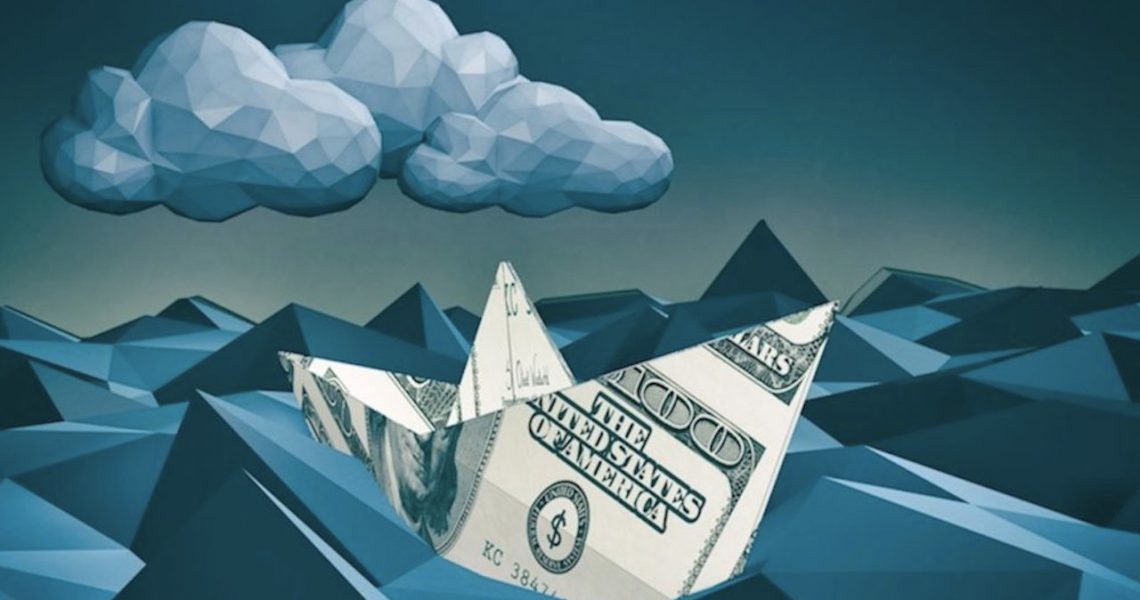With inflation in the U.S. reaching its lowest rate since 2021, beauty companies are starting to see the effects.
As supply chain and transportation costs surged in the post-lockdown inflation era, many beauty companies upped their prices in response. Inflation is now easing when it comes to consumer goods prices across all categories. According to the Bureau of Labor Statistics, the Consumer Price Index increased 3.2% from July 2022 to July 2023, down from 8.5% for the year ending July 2022. The cosmetics category, however, is still higher than the overall average, with an increase of 5% during the July 2022-2023 time period, following a 3.2% bump from July 2021-2022.
Inflation “led to a lot of people raising their prices almost preemptively to get ahead of it, so that their bottom lines wouldn’t be impacted,” said Charlotte Palermino, co-founder of the3-year-old skin-care brand Dieux, which publishes pricing transparency information on all of its site product listings. Included are the exact costs of the formula, the packaging, the testing, the payment processing, and the shipping and handling, among other costs, along with the total markup.
Palermino said that Dieux’s production costs across the board have increased about 5%, but she has not opted to raise prices. Third-party logistics, factory, raw material and packaging costs have all gone up for the brand.
Since the lockdown, companies including Glossier, The Ordinary, E.l.f. Beauty, Estée Lauder Companies and Procter and Gamble have raised prices on beauty products.
The easing of inflation has tempered further price increases from some brands, such as E.l.f. Beauty. On its August 2023 earnings call, CEO Tarang Amin said, “We’ve decided not to take additional pricing in the U.S.”
“After a couple years of extremely high costs on containers and transport, and things like that, we are starting to see an easing on those costs,” said Mandy Fields, CFO of E.l.f. Beauty in an interview with Glossy.
Ad position: web_incontent_pos1
Others, however, are still planning on more price hikes. Procter & Gamble increased its beauty prices by 8% during its fiscal fourth quarter. The company’s CFO, Andre Schulten, stated on its July earnings call that increases in “pricing contributed seven points to organic sales growth.” P&G CEO Jon Moeller said on the call, “Pricing isn’t going away in the absolute,” referring to increases. Rather than inflation, he cited the cost of the company’s innovation pipeline as the reason. He added, “Pricing has been a positive contributor to our top-line growth for something like 48 out of 51 of the last quarters.”
Brands appealing to price-conscious consumers in a time of high inflation are balancing the need to remain competitive on price points against the rising costs of production and the supply chain.
Rather than raising prices, Dieux is among the brands that have opted for alternatives. “We had a hit to margins, but we didn’t increase our prices,” said Palermino. Instead, it raised the threshold for free shipping from $50 to $60 on its e-commerce site.
E.l.f. Beauty, meanwhile, has “only leveraged pricing in distinct time periods where we are seeing unprecedented cost pressures,” said Fields. “We’ve really only taken two price increases in our history.” The first was in 2019, due to tariffs, while a March price hike of around $1 on select items was due to the “inflationary environment” and increased raw materials and supply chain costs.
While price increases boosted P&G’s bottom line, they have not been enough to come out ahead of pandemic-related headwinds for others. In ELC’s year-end results released earlier this month, the beauty conglomerate reported a 10% net sales decrease for the year, driven mainly by a decline in travel retail sales. According to an earnings call statement by Tracey Travis, ELC’s evp and CFO, “Higher inflation and currency volatility, as well as promotions in certain markets to alleviate high stock levels, more than offset our price increases and further pressured our business margins.”




